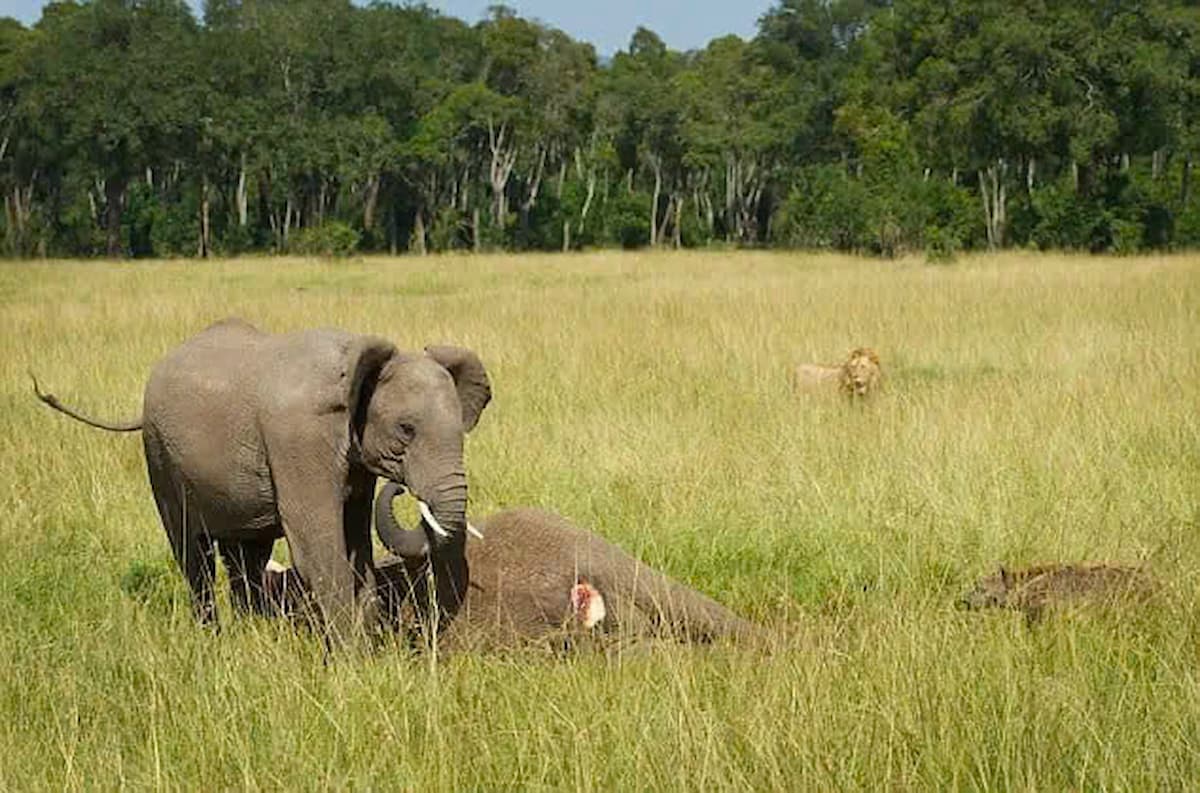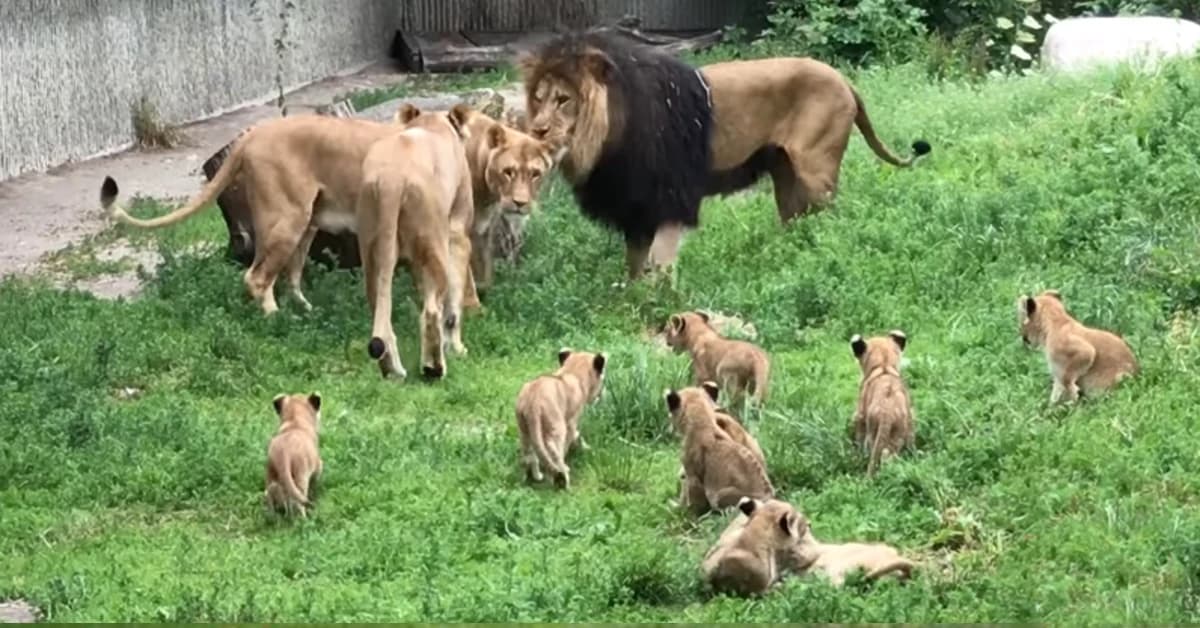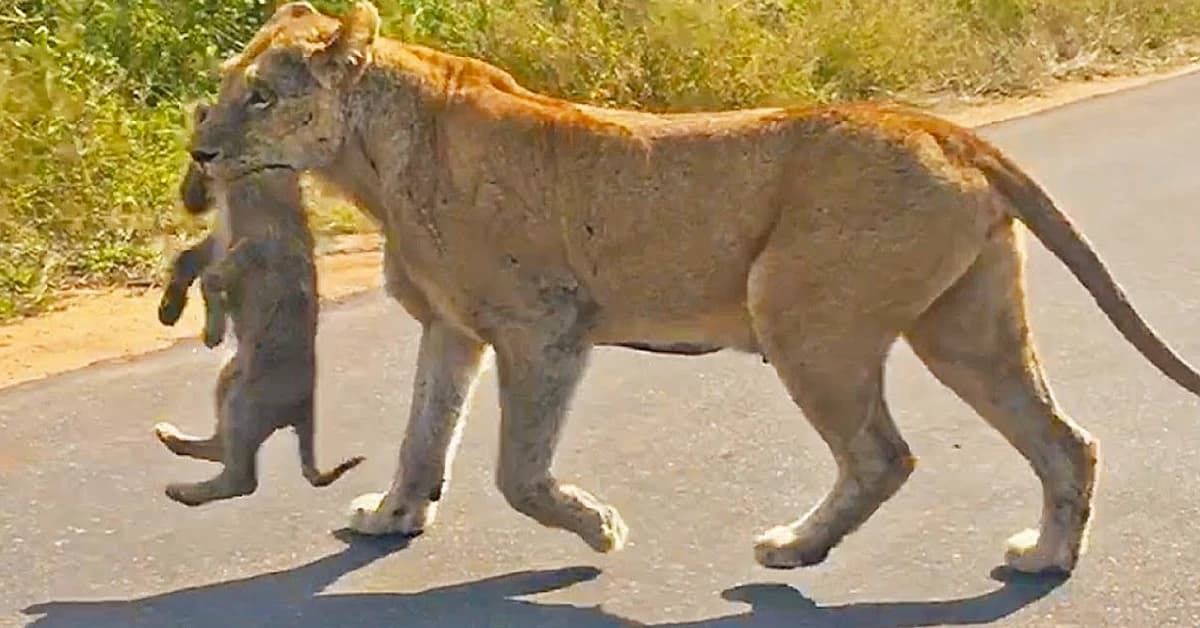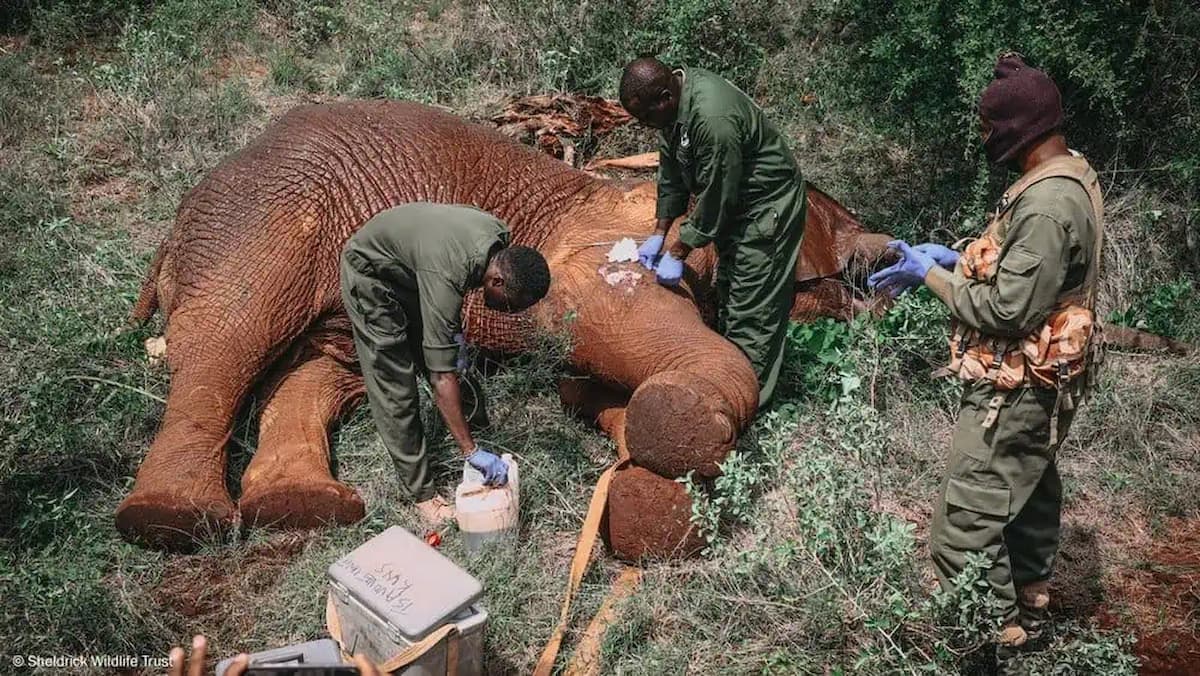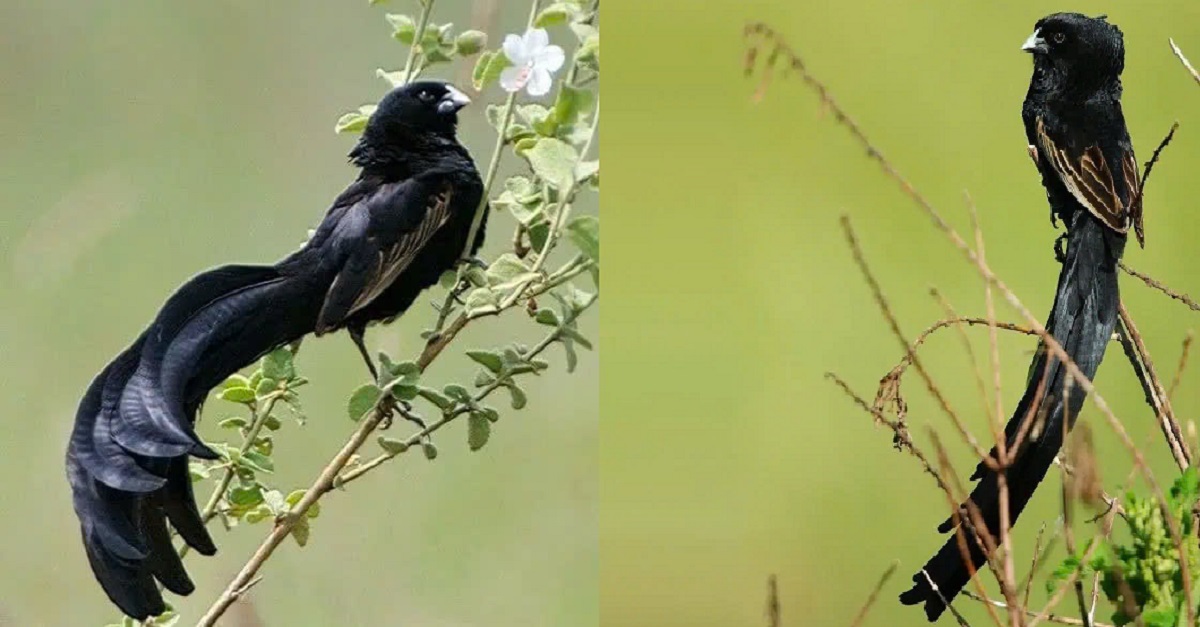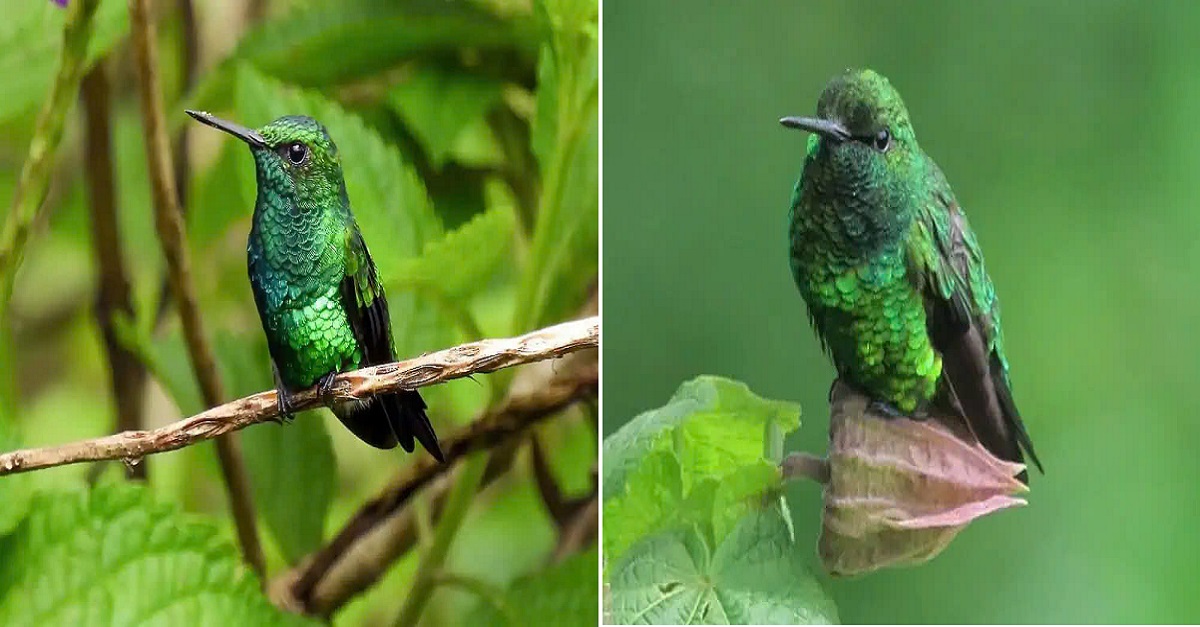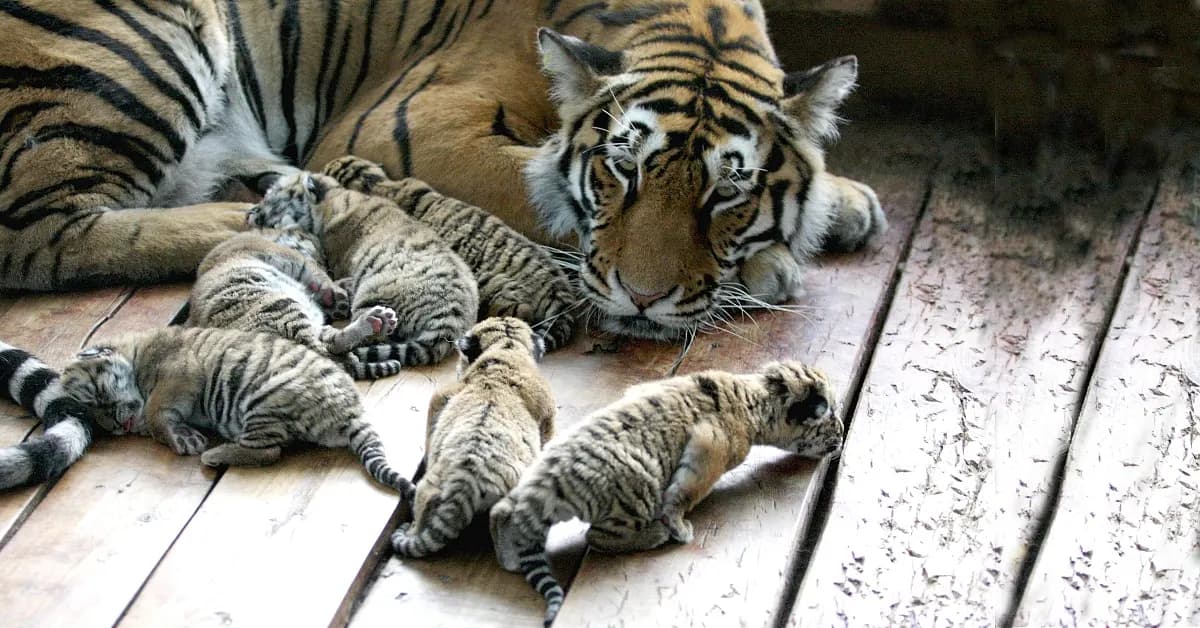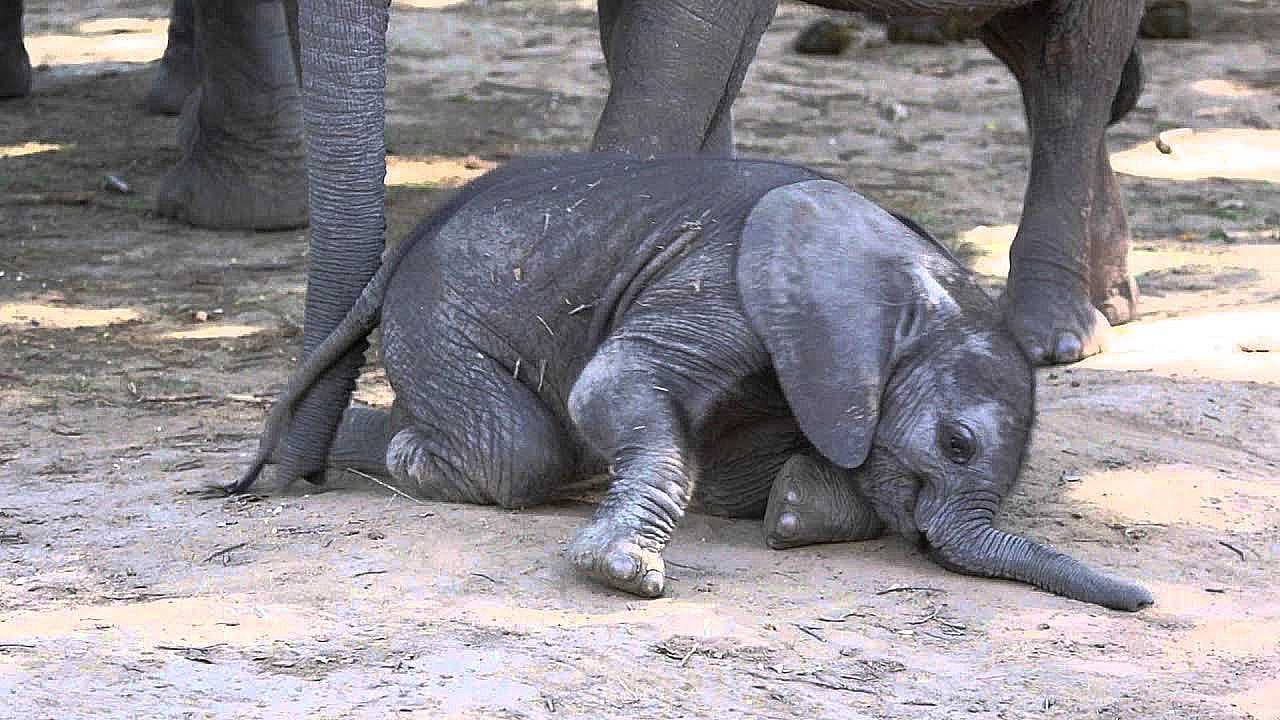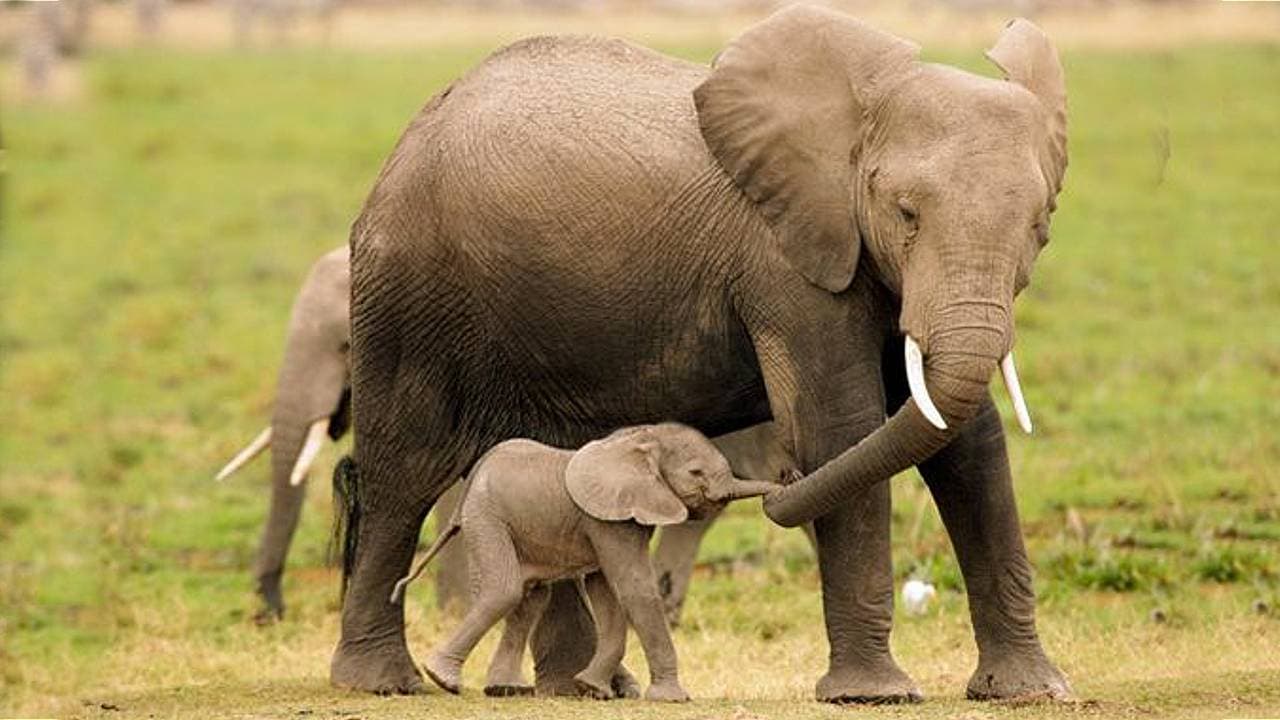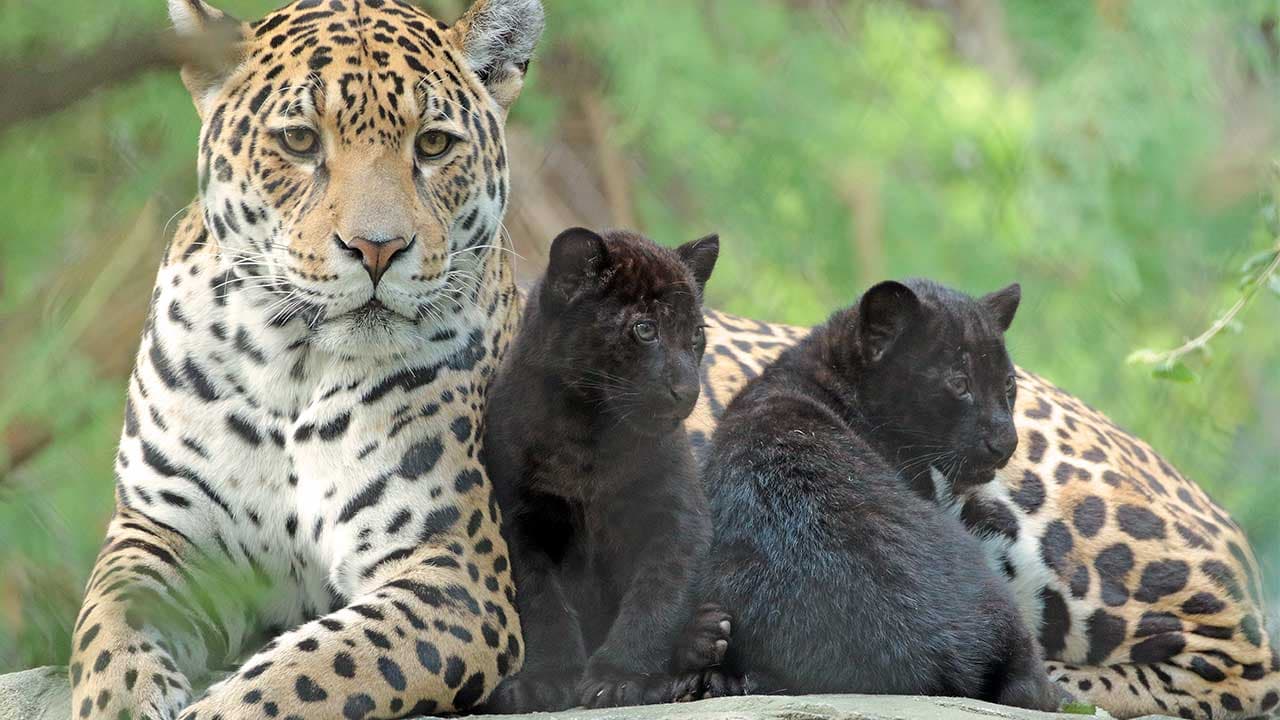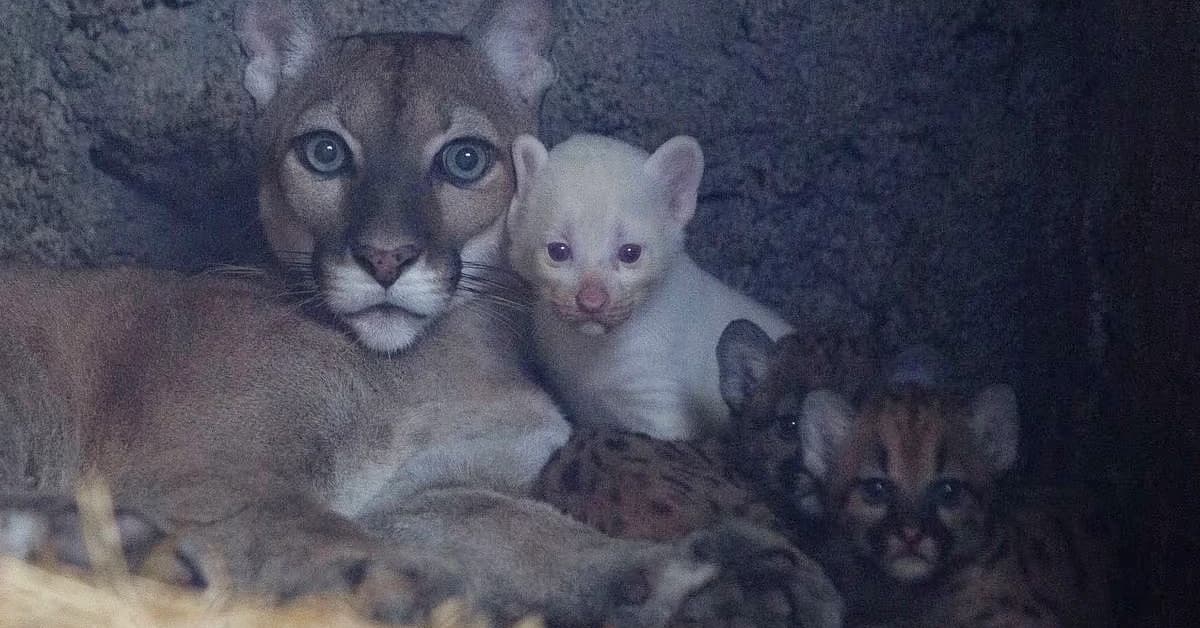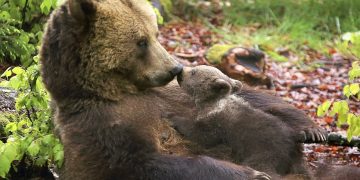As climate change and human development continue to accelerate, our natural world is facing significant losses. Over 163,000 species are currently listed on the IUCN Red List, with more than 45,000 of them at risk of extinction. A new report sheds further light on the ongoing biodiversity crisis, revealing a dramatic decline in global wildlife populations over the last five decades.
The World Wildlife Fund’s Living Planet Report 2024, which draws from data provided by the Zoological Society of London’s Living Planet Index, reports a 73% decline in the average population of monitored wildlife between 1970 and 2020. This decline includes an 85% drop in freshwater species, 69% in terrestrial species, and 56% in marine species. Latin America and the Caribbean saw the steepest declines, with a 95% decrease, followed by Africa at 76%. In comparison, Asia and the Pacific experienced a 60% drop, North America saw a 39% decline, and Europe and Central Asia experienced a 35% reduction. The Living Planet Index tracks nearly 35,000 populations of approximately 5,500 species across mammals, birds, amphibians, reptiles, and fish, offering insights into population trends and serving as an early indicator of growing extinction risks and ecosystem collapse. These numbers suggest that some regions may be on the brink of irreversible change.
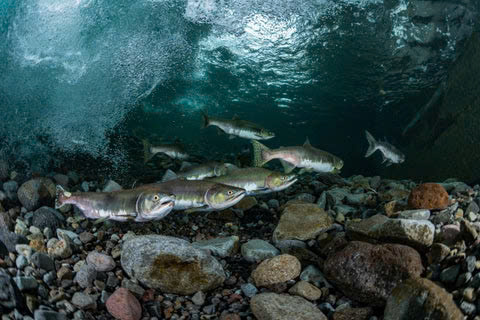
Rebecca Shaw, WWF’s Chief Scientist, stresses that the sharp declines in wildlife populations are a clear warning sign. “These dramatic drops indicate that nature is unraveling and becoming less resilient,” she explains. “When nature is compromised, it becomes more vulnerable to climate change and approaches dangerous, irreversible tipping points. When these tipping points occur in multiple regions, they threaten the very air we breathe, the water we drink, and the food we eat.” The report highlights alarming trends such as the potential loss of 70-90% of global coral reefs, even if warming is limited to 1.5 degrees Celsius, and the impact of deforestation and climate change on rainfall patterns in the Amazon, which may lead to unsustainable conditions for the rainforest. In North America, the combination of pine bark beetle infestations and increasingly intense wildfires threatens to turn pine forests into shrublands or grasslands.
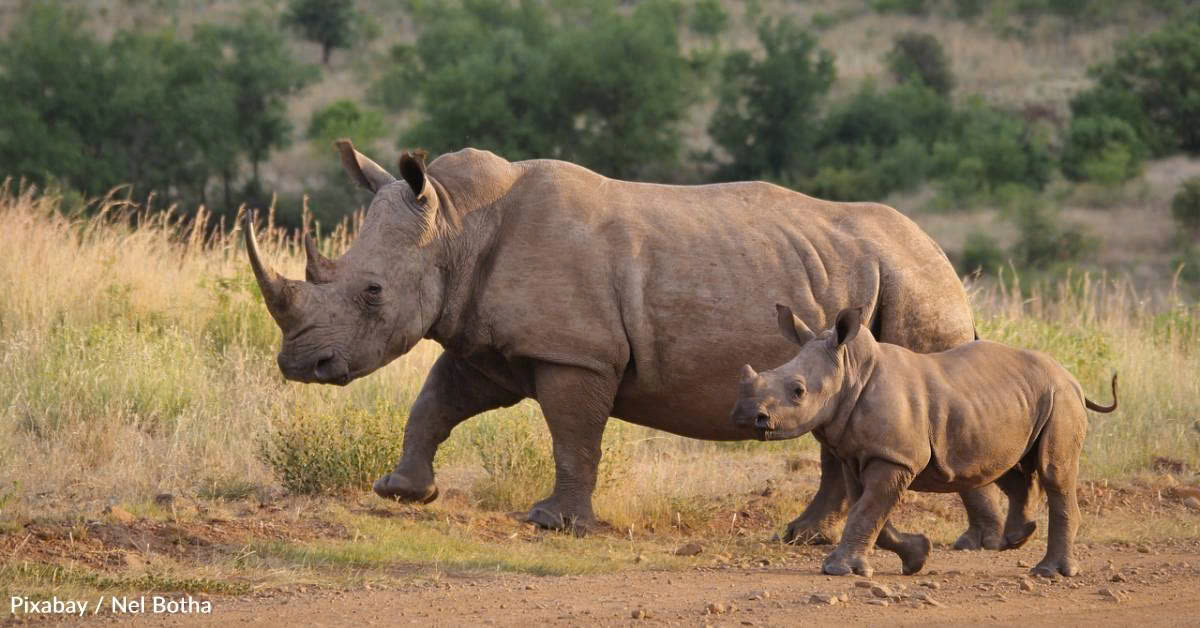
The report identifies habitat loss and degradation—largely driven by our food systems—as the greatest global threat to wildlife, followed by overexploitation, invasive species, disease, pollution, and climate change. These alarming trends coincide with the fact that 30% of the UN’s Sustainable Development Goals are projected to remain stagnant or worsen by 2030. Carter Roberts, WWF-US President and CEO, calls the report “a wake-up call” that emphasizes the urgent need to address this slow-moving catastrophe. “We need to act swiftly and decisively to reverse these trends,” he urges.
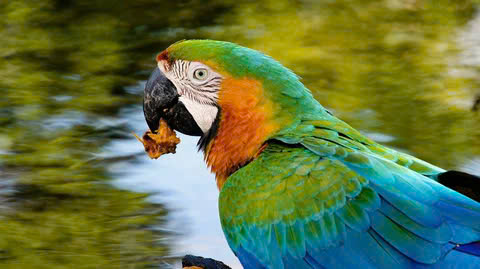
The report offers several critical solutions, including stronger conservation goals and fundamental overhauls of our food, energy, and finance systems. Key recommendations include promoting sustainable food production, reducing food waste, increasing the consumption of plant-based foods while decreasing reliance on animal products, and reorienting subsidies toward more sustainable practices. These changes are particularly important given that 40% of habitable land is used for food production, which accounts for 70% of global water use and more than 25% of greenhouse gas emissions.
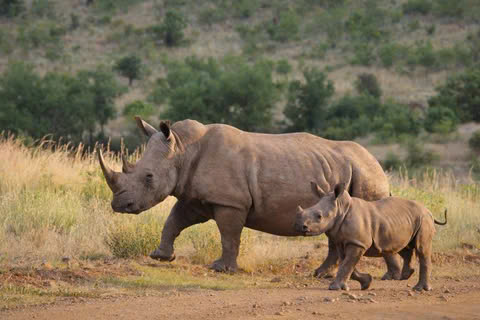
The report also calls for a faster and more equitable transition to clean energy, as well as the expansion and proper funding of protected areas that respect the rights and needs of nearby communities.

